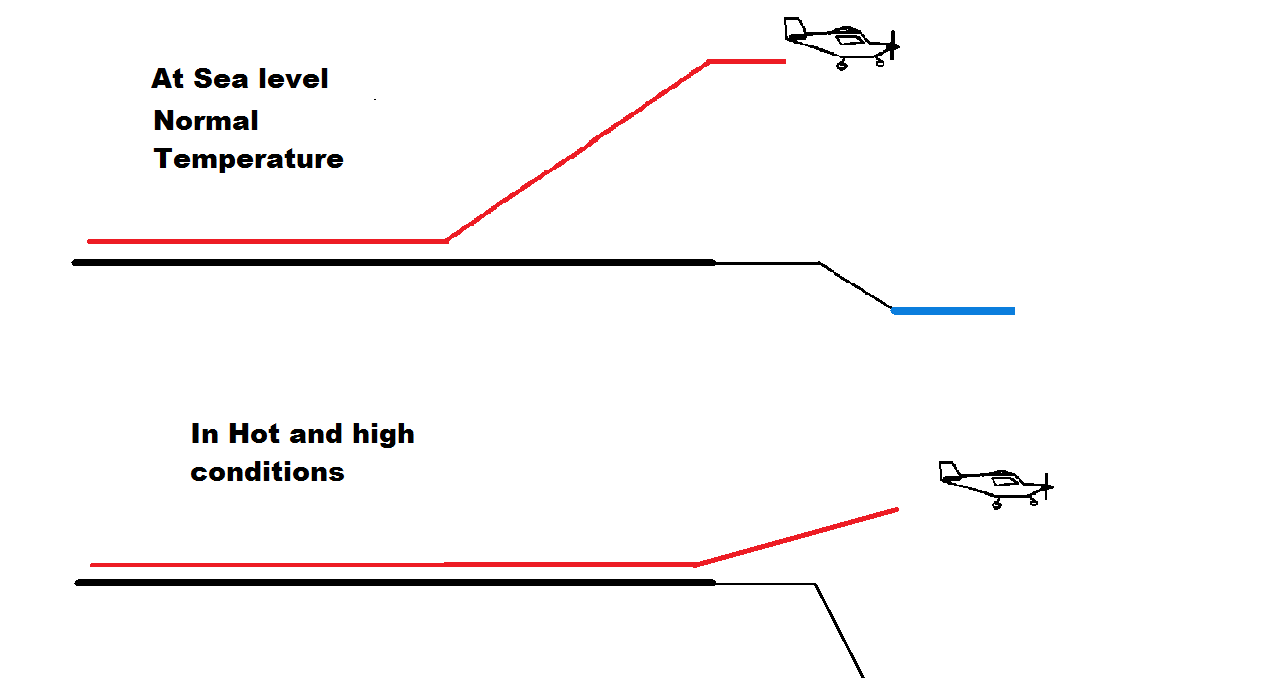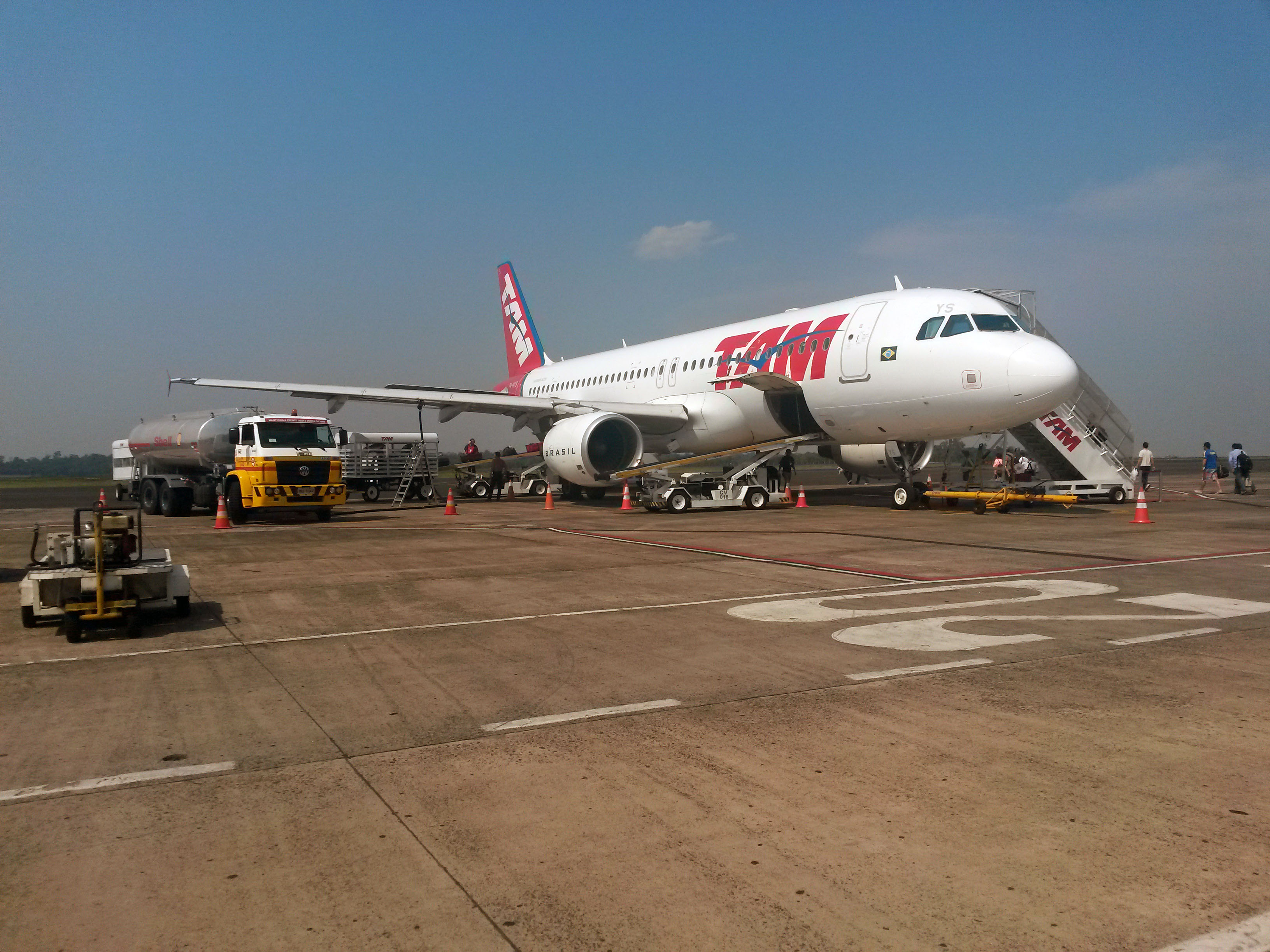|
Aircraft Performance
Aircraft performance refers to the ability of airplanes and helicopters to accomplish certain useful things.Federal Aviation Administration: "Pilot's Handbook of Aeronautical Knowledge", Chapter 11/ref> It is an important consideration when designing and testing aircraft, to ensure the aircraft can be operated in an efficient and economic manner. There are typically trade-offs involved, for example an aircraft optimised for cruise performance will not necessarily be optimised for the climb. Adaptive compliant wings and variable-sweep wings are technologies aimed at improving performance during the different stages of flight. The subject of aircraft performance includes aircraft speed, ceiling, range and fuel efficiency, take-off distance required, and climb rate. It also includes aircraft controllability speeds. Aircraft manufacturers will publish performance data in an aircraft flight manual, concerning the behaviour of the aircraft under various circumstances, such as different ... [...More Info...] [...Related Items...] OR: [Wikipedia] [Google] [Baidu] |
Airplane
An airplane (American English), or aeroplane (Commonwealth English), informally plane, is a fixed-wing aircraft that is propelled forward by thrust from a jet engine, Propeller (aircraft), propeller, or rocket engine. Airplanes come in a variety of sizes, shapes, and wing configurations. The broad spectrum of uses for airplanes includes recreation, air transportation, transportation of goods and people, military aviation, military, and Experimental aircraft, research. Worldwide, commercial aviation transports more than four billion passengers annually on airliners and transports more than 200 billion tonne-kilometersMeasured in RTKs—an RTK is one tonne of revenue freight carried one kilometer. of cargo annually, which is less than 1% of the world's cargo movement. Most airplanes are flown by a pilot on board the aircraft, but some are designed to be unmanned aerial vehicle, remotely or computer-controlled such as drones. The Wright brothers invented and flew the Wright Flyer ... [...More Info...] [...Related Items...] OR: [Wikipedia] [Google] [Baidu] |
Helicopter
A helicopter is a type of rotorcraft in which Lift (force), lift and thrust are supplied by horizontally spinning Helicopter rotor, rotors. This allows the helicopter to VTOL, take off and land vertically, to hover (helicopter), hover, and to fly forward, backward and laterally. These attributes allow helicopters to be used in congested or isolated areas where fixed-wing aircraft and many forms of short take-off and landing (STOL) or short take-off and vertical landing (STOVL) aircraft cannot perform without a runway. The Focke-Wulf Fw 61 was the first successful, practical, and fully controllable helicopter in 1936, while in 1942, the Sikorsky R-4 became the first helicopter to reach full-scale mass production, production. Starting in 1939 and through 1943, Igor Sikorsky worked on the development of the Vought-Sikorsky VS-300, VS-300, which over four iterations, became the basis for modern helicopters with a single main rotor and a single tail rotor. Although most earlier ... [...More Info...] [...Related Items...] OR: [Wikipedia] [Google] [Baidu] |
Adaptive Compliant Wing
An adaptive compliant wing is a wing which is flexible enough for aspects of its shape to be changed in flight. Flexible wings have a number of benefits. Conventional flight control mechanisms operate using hinges, resulting in disruptions to the airflow, vortices, and in some cases, separation of the airflow. These effects contribute to the drag of the aircraft, resulting in less efficiency and higher fuel costs. Flexible aerofoils can manipulate aerodynamic forces with less disruptions to the flow, resulting in less aerodynamic drag and improved fuel economy. Shape adaptation Changing the shape of an aerodynamic surface has a direct effect on its aerodynamic properties. According to the flow condition and to the initial shape of the part, each shape variation (curvature, incidence, twist...) can have a different impact on the resulting forces and moments. This characteristic is actively pursued in adaptive wings which – by nature of their distributed compliance – can att ... [...More Info...] [...Related Items...] OR: [Wikipedia] [Google] [Baidu] |
Variable-sweep Wing
A variable-sweep wing, colloquially known as a "swing wing", is an airplane wing, or set of wings, that may be modified during flight, swept back and then returned to its previous straight position. Because it allows the aircraft's shape to be changed, it is a feature of a variable-geometry aircraft. A straight wing is most efficient for low-speed flight, but for an aircraft designed for transonic or supersonic flight it is essential that the wing be swept. Most aircraft that travel at those speeds usually have wings (either swept wing or delta wing) with a fixed sweep angle. These are simple and efficient wing designs for high speed flight, but there are performance tradeoffs. One is that the stalling speed is increased, necessitating long runways (unless complex high-lift wing devices are built in). Another is that the aircraft's fuel consumption during subsonic cruise is higher than that of an unswept wing. These tradeoffs are particularly acute for naval carrier-bas ... [...More Info...] [...Related Items...] OR: [Wikipedia] [Google] [Baidu] |
Hot And High
In aviation, hot and high is a condition of low air density due to high ambient temperature and high airport elevation. Air density decreases with increasing temperature and altitude. The lower air density reduces the power output from an aircraft's engine and also requires a higher true airspeed before the aircraft can become airborne. Aviators gauge air density by calculating the density altitude. An airport may be especially hot ''or'' high, without the other condition being present. Temperature and pressure altitude can change from one hour to the next. The fact that temperature generally decreases as altitude increases mitigates the "hot and high" effect to a small extent. Negative effects of reduced engine power due to hot and high conditions * Airplanes require a longer takeoff run, potentially exceeding the amount of available runway. * Reduced take-off power hampers an aircraft's ability to climb. In some cases, an aircraft may be unable to climb rapidly enough to cl ... [...More Info...] [...Related Items...] OR: [Wikipedia] [Google] [Baidu] |
Aircraft Engine Performance
Aircraft engine performance refers to factors including thrust or shaft power for fuel consumed, weight, cost, outside dimensions and life. It includes meeting regulated environmental limits which apply to emissions of noise and chemical pollutants, and regulated safety aspects which require a design that can safely tolerate environmental hazards such as birds, rain, hail and icing conditions. It is the end product that an engine company sells.Gas Turbine Performance Second Edition, Walsh and Fletcher, Blachwell Science Ltd. 2004, , Preface Aircraft engines are part of the Propulsion, propulsion system of an airplane, helicopter, rocket or UAV which produce rotary power transferred to a Propeller (aeronautics), propeller or kinetic energy as a high-velocity gas Exhaust system, exhaust stream. Aircraft engine types include turboprop, turbojet, turbofan and turboshaft. Reciprocating engine, Piston engines are used in recreational personal aircraft and older aircraft. Electric motor, ... [...More Info...] [...Related Items...] OR: [Wikipedia] [Google] [Baidu] |




